‘Winter’ in the economy: recession, risks of ruble devaluation, and a new round of inflation’
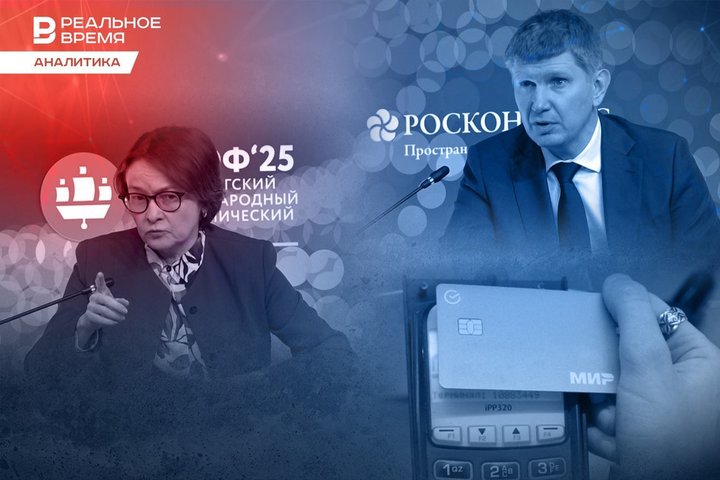
The St. Petersburg International Economic Forum has come to a close, but its aftertaste remains ambiguous. It would seem that the country's economic condition appears stable — under the strict supervision of the Central Bank of Russia and economic authorities. However, the alarming word “recession” was voiced repeatedly, and business was no longer asking but demanding a reduction in the key interest rate. Will the discussion at SPIEF lead to changes in the country's monetary policy, or will it remain merely an expression of entrepreneurs’ pain — read in the review by the analytical service of Realnoe Vremya.
Ruble devaluation — an eternal remedy
The discussion at SPIEF revealed that the economy’s resources have been exhausted, believes financial expert and member of the RSPP Commission on Banks and Banking Activities, Yan Art. He recalled that the Center for Macroeconomic Analysis and Forecasting — currently one of the leading institutions for assessing economic developments — had previously made the same point. The essence of the discussion was that things cannot continue this way: “But that is too broad a conversation, there is no clear solution, which is why a number of participants spoke of the eternal remedy for the economy and the budget — the devaluation of the ruble. This was mentioned by VTB head Andrey Kostin, the governor of Kuzbass, Manturov — practically everyone, except Nabiullina,” the expert told the publication.

According to estimates by Yegor Susin from Gazprombank, the deficit may increase by another 2 trillion rubles — a figure already comparable to the remaining liquid funds in the National Welfare Fund, which stand at 2.8 trillion rubles.
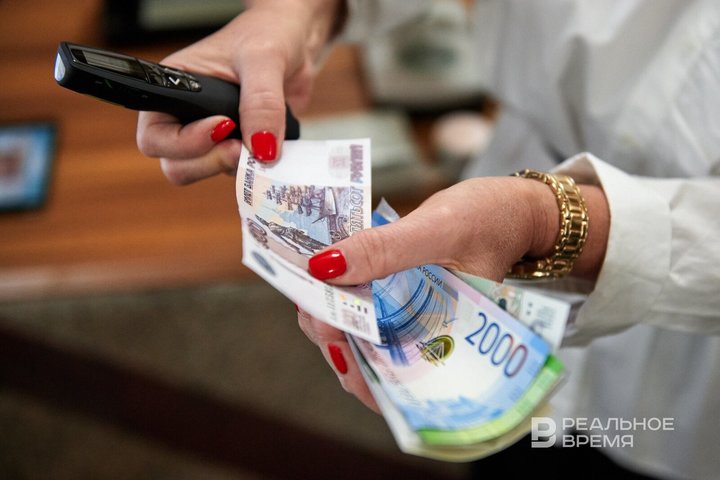
“Roughly speaking, the current situation may drag on until the end of the year, but no longer,” Art believes. “Is it possible to find a solution? In my view, that is difficult, because much depends on the ambitions of the state, as expressed through budgetary spending. Can those expenditures be cut in today’s environment? Practically not — because a third of the budget goes to the security services and defence, and under current conditions, that is a sacred cow.”
At SPIEF, the problem was outlined quite clearly, with industrialists and real business figures speaking even more bluntly. “For example, Arkady Rotenberg stated that business is merely surviving — development is out of the question. Mr. Kogogin from KAMAZ summed up the situation in his sector with the interjection ‘Oof!’,” the speaker listed. “But so far, no solutions are in sight, apart from the proposed devaluation of the ruble. Yet in that case, all efforts to rein in inflation will, by and large, be in vain.”
“In the current situation, the Central Bank is doing the only thing it can, because over the years Russia has failed to adopt a coherent economic programme. Everything was done according to the principle from the film An Ordinary Miracle: ‘Hold on — maybe it’ll pass.’ In this context, the Central Bank’s policy has been a forced one, but the only viable option,” the economist believes. “Lower the rate now — and in some ways, there will be growth, especially for exporters and raw material producers, but within the country, there will be a collapse in the consumer market, in inflation, and in food prices.”

As for the threat of recession, it is not mere scaremongering. “Moreover, the Center for Macroeconomic Analysis and Forecasting — which can hardly be accused of opposition bias, given that one of its heads is Dmitry Belousov, brother of Russia’s Defence Minister Andrey Belousov — has already noted that if we consider only civilian production, a decline has emerged. Not a critical one, but a decline nonetheless. A recession in the Russian economy is a very real scenario. That said, recession is not necessarily something fatal. The real issue is not the threat of recession itself, but how long it may last. There’s nothing terrifying about it — it only sounds bad in terms of slogans, but it’s not deadly.”
“Pressure on Elvira Nabiullina is mounting constantly, yet she does not give in — which, given our political structure, suggests that these actions are still coordinated at the level of the top cabinet and are likely receiving support. But how long this will last, I do not know,” the expert notes. “However, I believe that at the level of the Presidential Administration and the president himself, there is a clear understanding that letting inflation slip out of control again would be a very unfortunate outcome.”
The authorities will try to find a solution without devaluing the ruble until the very end. “And these cries now, saying that the ruble cannot remain at this level, that it severely contradicts the budget calculations and the entire logic — but I believe it actually can. Therefore, the authorities will try to resolve the issue without ruble devaluation until the last moment,” Yan Art forecasts. “However, this attempt does not mean that devaluation will not happen. It will simply be a last resort, and a very bad signal that all other options to fix the economic situation have been exhausted.”
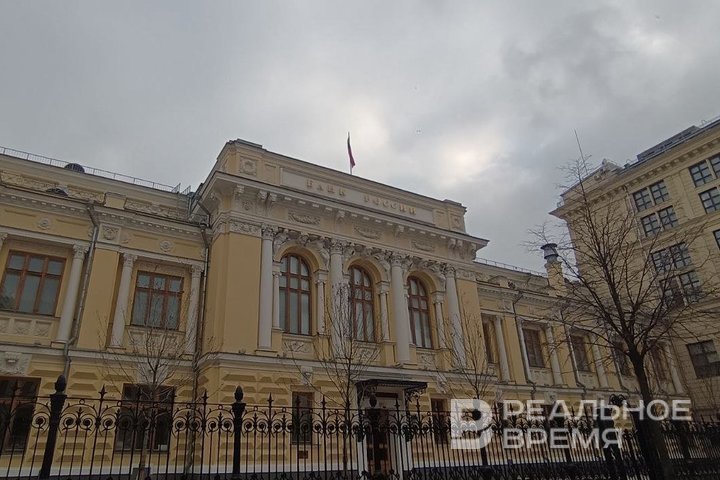
Everyone is counting on a “soft landing”
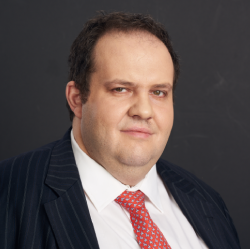
A key rate cut in July is likely, he believes. However, it will not be on such a scale as to make the reduction decisive. According to the expert, this will not be possible due to a combination of circumstances.
“Journalists and bloggers like to see signs of major and fateful changes in everything, but no — the planned changes will occur in small steps,” Tabakh suggests. The Central Bank of Russia is indeed doing everything to reduce inflation, but there is a price to pay for all this, he noted: “That price is a sharp slowdown of the economy, a freezing of its activity. And, as has already been said not only at SPIEF, there are risks of slipping into a full-fledged recession in the civilian sectors of the economy.”
Whether the actions of Elvira Nabiullina’s department are correct is more of a philosophical question, the economist noted: “For example, we do not believe that reducing inflation to 4%, a level set under completely different historical conditions, requires driving the economy into a recession.” From the Central Bank’s point of view, everything is being done correctly, he believes.
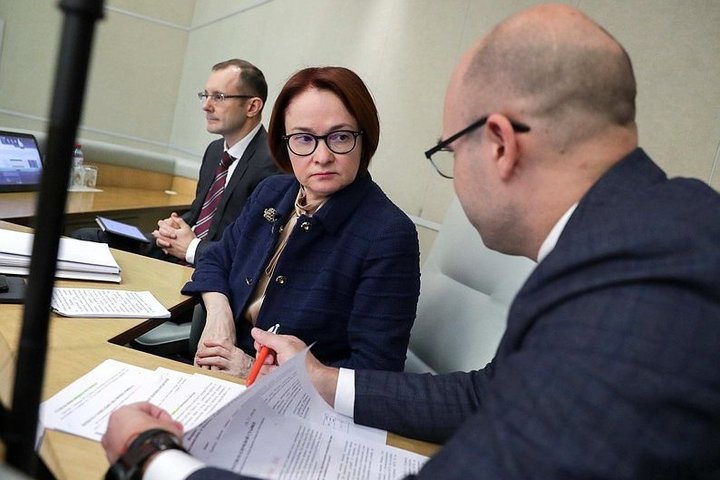
Recession today is a very real threat that is being discussed, Tabakh continued. “But the Central Bank believes it will not happen, and that a moderate slowdown in growth is perfectly acceptable.”
“Pressure on Elvira Nabiullina is increasing, but she, on the one hand, resists this pressure, and on the other, also calibrates her policy. There is a noticeable economic slowdown, a freezing of activity, and a risk of recession. At the same time, the authorities as a whole want a ‘soft landing,’ but since the economic departments differ, they pursue this goal in different ways,” the publication’s interlocutor concluded.
A revision of the macroeconomic forecast at the July meeting of the Central Bank of Russia can be an important signal

If the situation continues to develop as it is now, the Bank of Russia will most likely continue lowering the key interest rate at its meeting on 25 July, following the reduction begun in June. It is difficult to predict the scale of the cut at this stage, but a sharp reduction (of more than 100 basis points) now seems less likely, the speaker believes.
A revision of the macroeconomic forecast at the key July meeting could send an important signal to the market, notes Belenkaya. The Central Bank points out that inflation is currently tracking close to the lower bound of its April year-end forecast of 7–8%. At the press conference following the June meeting, Elvira Nabiullina noted that the inflation forecast could be revised downward in July. In this case, according to Olga Belenkaya, a downward shift in the projected path of the average key rate for this year is also possible. This would increase the room for a potential further cut in the key rate, although, as the regulator consistently stresses, all decisions will depend on the data.
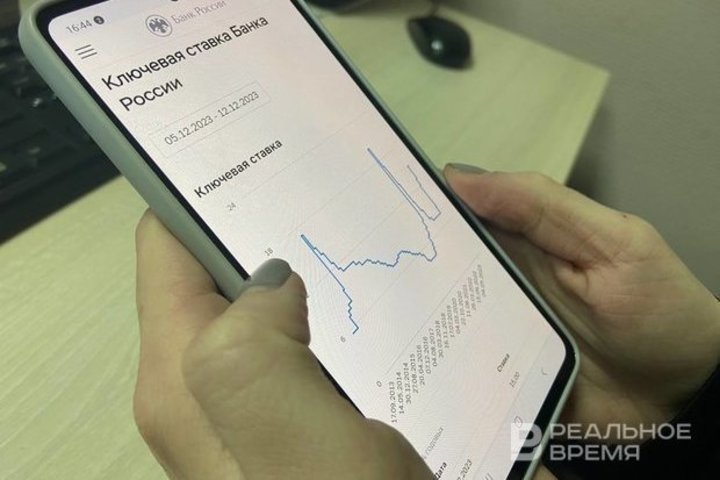
A key interest rate at around 20% (and over 10% in real terms) for more than two quarters undoubtedly has a restrictive effect on economic activity. However, it must be understood that this is a consequence of the inflation surge, conditions for which were created in 2023–2024. Now, as inflation slows, the Central Bank is prepared to lower the key rate, which is the right approach. “The optimal trajectory for the rate cut can be debated — there are arguments in favour of a faster reduction, but the regulator exercises understandable caution, fearing that in the face of still significant pro-inflationary risks, a too rapid rate cut (and even its anticipation by economic agents) could sharply shift household behaviour from saving to spending, stimulate excessive credit activity, and thereby undermine the emerging trend of slowing inflation,” the expert explains.
So far, the data support continued economic growth this year (Finam’s forecast is around 1.5%), although this is significantly slower than in 2023–2024 and below the April forecast by the Ministry of Economic Development (2.5%).
No recession in Russia is expected by the end of the year, although, given the already recorded GDP contraction of 0.6% in the first quarter of 2025 compared to the previous quarter, adjusted for seasonality, an intra-year technical recession — defined as two consecutive quarters of GDP decline — cannot be entirely ruled out. The risks are linked to uneven economic activity dynamics across sectors and the inevitable lag in economic data (which is why Maxim Reshetnikov called them the “rearview mirror”).
A 1% cut in the key interest rate saved the federal budget about 260 billion rubles

Meanwhile, proponents of a weak ruble policy have become more active, proposing to lower its value to 100 rubles per dollar, ignoring the fact that it was precisely the sharp fall in the ruble’s exchange rate that triggered the rapid inflation rates which have yet to be brought under control.
“Actions to significantly reduce the ruble’s value carry particular risks for economic stability, as they fuel already high inflation, which will reduce domestic demand and lead to a decline in production aimed at internal consumption — not to mention that it will devalue the savings of both citizens and businesses, impacting investment processes,” Shaikhmetov explains.
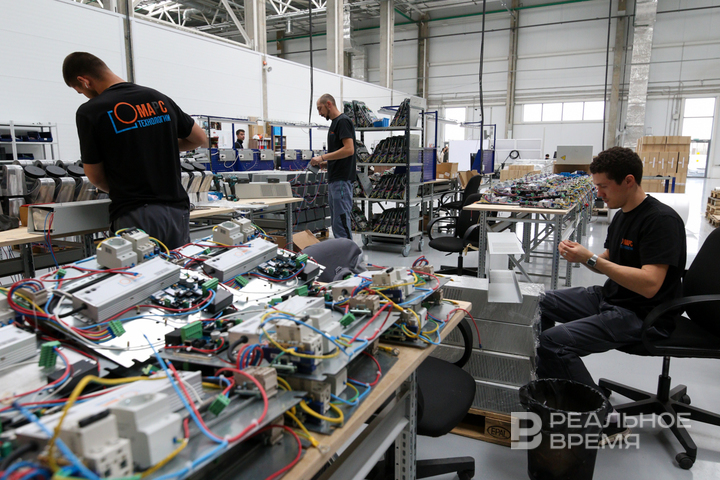
At the same time, the expert agrees that the current key rate set by the Bank of Russia is excessively high, which increases inflation in the country and raises budget expenditures. “I agree with the statement made by Russia’s Deputy Prime Minister Denis Manturov, who reported that a 1 percentage point cut in the key rate saved the federal budget about 260 billion rubles by reducing subsidies to various sectors of the economy,” the expert emphasised. “Moreover, the existing key rate, which is twice the rate of inflation, blocks long-term investment projects that determine Russia’s strategic development.”
According to the Bank of Russia, the volume of corporate deposits as of 1 May 2025 amounted to 34.5 trillion rubles, which is by 15% higher than on 1 May 2024. At the same time, growth in corporate deposits in 2024 was around 20%. “These circumstances indicate that businesses, rapidly increasing the volume of deposits, are beginning to reduce investment spending, which will impact future development,” Shaikhmetov stresses.
“Pressure on the Bank of Russia’s high-interest-rate policy is intensifying as the economic situation worsens and the budget deficit grows. I believe this pressure will continue to increase, as the interests of a significant part of the business community are being affected. However, it is currently crucial that the ruble’s exchange rate remains stable, as this is one of the fundamental factors underpinning economic stability,” the economist concluded.
How economic authorities debated recession
As Realnoe Vremya has previously reported, the Russian economy is on the brink of recession, and now everything depends on the government’s next decisions, said Minister of Economic Development Maxim Reshetnikov on the sidelines of SPIEF. The Central Bank and Ministry of Finance disagreed with him, maintaining that what is occurring is a normal cooling down following an overheating period.
“According to the numbers, we are seeing a cooling down, but all our figures are a rearview mirror. Based on current business sentiment and indicators, I believe we are generally already on the verge of entering a recession. From here on, everything depends on our decisions,” Reshetnikov noted.
Finance Minister Anton Siluanov argued that the economy is experiencing an expected “cooling," after which “summer always comes.” Central Bank head Elvira Nabiullina reminded that recent years’ growth was driven by temporary factors: spending from the National Wealth Fund, a credit impulse, and a shift to import substitution. These resources have been exhausted, companies are facing labour shortages, and the economy is returning to a “balanced trajectory.” “In other words, this is a way out of overheating," she concluded.
Forecasts also diverge, with the Bank of Russia taking a more pessimistic view. The Ministry of Economic Development expects economic growth of 2.5% in 2025, while the regulator projects 1–2%. Meanwhile, in the first quarter, the economy grew by only 1.4% — less than both estimates.